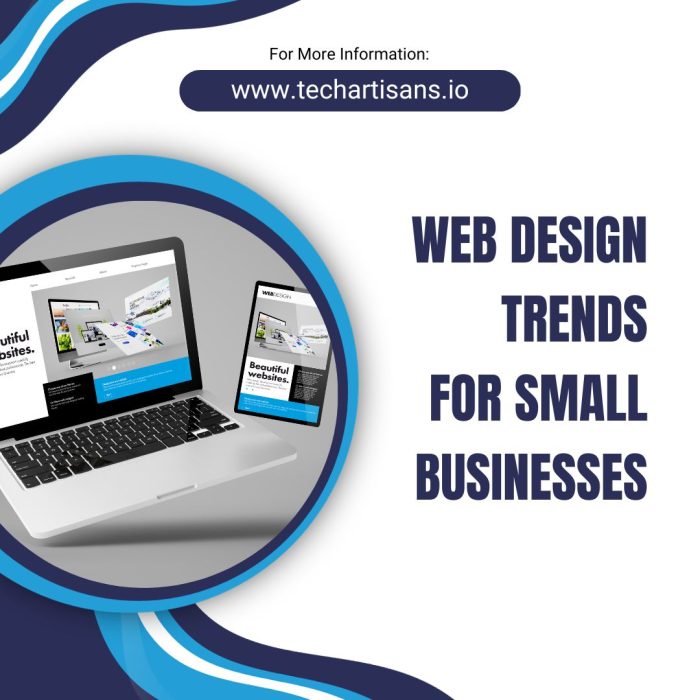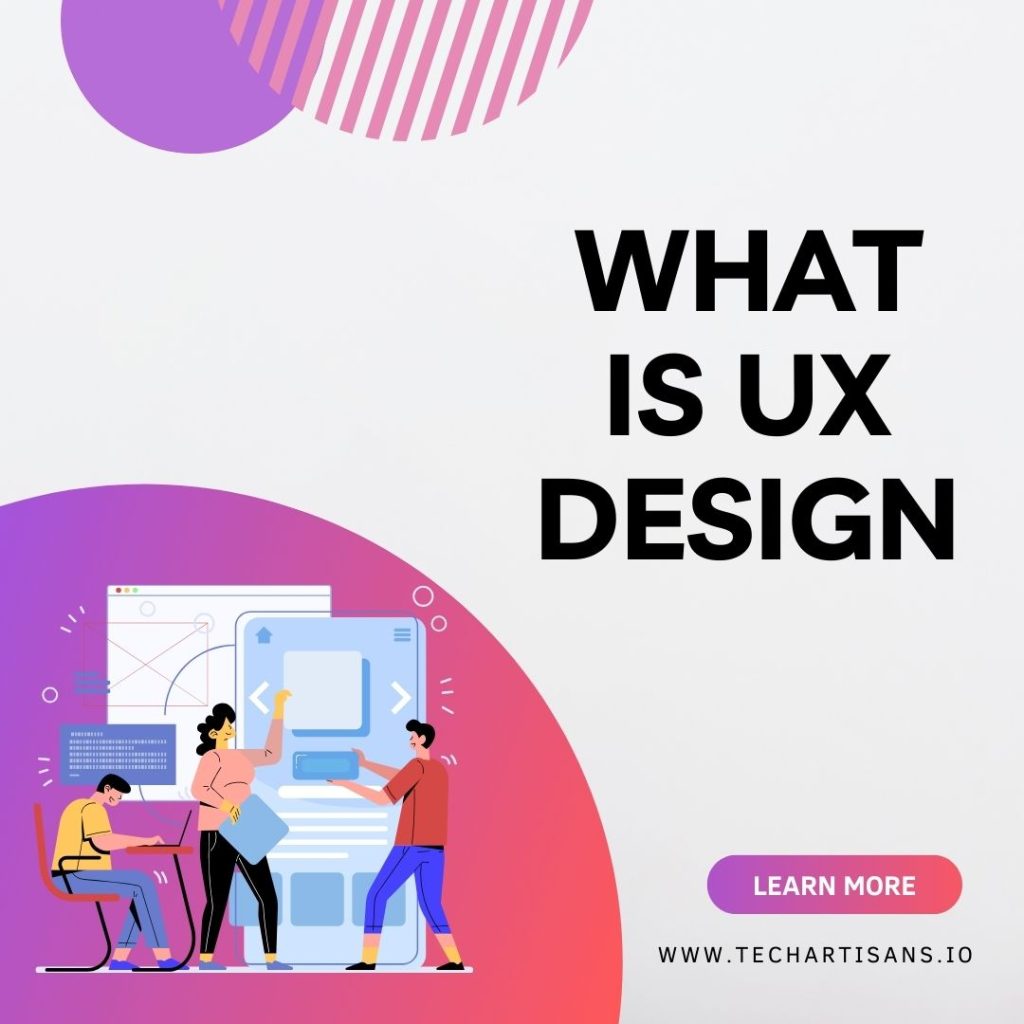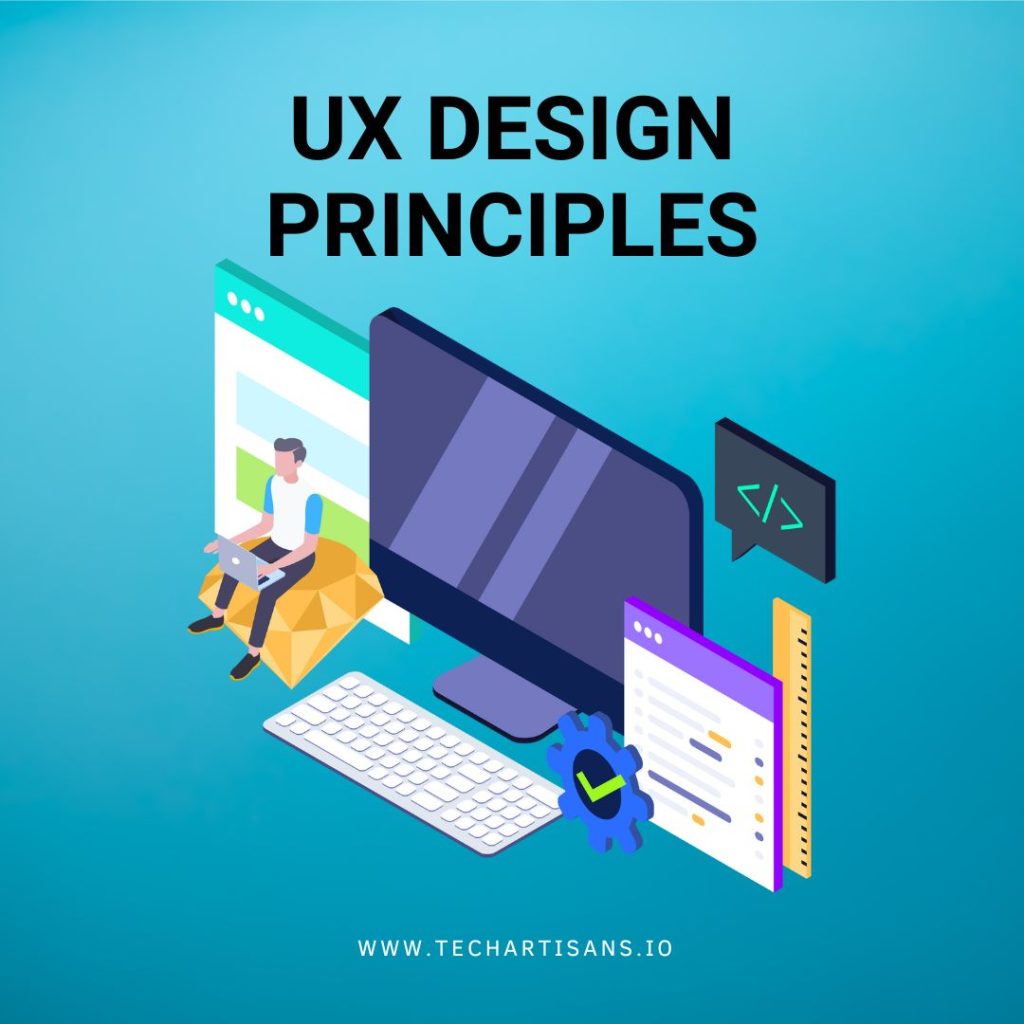In an increasingly digitized marketplace, a compelling web design can set your small business apart. Recent web design trends are reshaping how small businesses connect with customers, enhancing user experience, and fueling business growth. By enriching the interface with innovative and aesthetically pleasing elements, these trends amplify the value proposition of your offerings and build customer trust.
Web Design Trends for Small Businesses
In today’s dynamic digital landscape, understanding web design trends is crucial for small businesses striving for online visibility. These trends not only enhance the user experience but also play a pivotal role in driving the growth and success of small businesses.
Evolution of Web Design
The realm of web design has undergone a dynamic transformation since the dawn of the internet era. From simple text-based layouts to the current era of immersive, user-centric designs, web design evolution highlights the continuous strive for enhanced user experience and engagement.
Brief Overview of Web Design Evolution
Web design has undergone a transformative journey, evolving from text-heavy, static pages to dynamic, multimedia-rich experiences. The early internet era saw basic HTML structures, while contemporary trends prioritize responsive design, interactive elements, and minimalist aesthetics. This evolution reflects a continual pursuit of user-centric, visually compelling digital landscapes over the years.
Top Web Design Trends for Small Businesses
In this section, we delve into the most influential web design trends that are shaping the digital landscape for small businesses in the contemporary era.
Flat Design
Flat design, a minimalist web design trend, simplifies interfaces by removing complex textures and shadows. Explore the evolution of flat design in web design trends. It uses simple shapes and bright colors to create an attractive yet straightforward user experience. This approach enhances functionality, makes navigation intuitive, and benefits small businesses by improving engagement and conversions.
Augmented Reality
Augmented Reality (AR) is a transformative web design trend that merges digital and physical realms. Discover how augmented reality is reshaping web experiences for an immersive user experience. AR enhances visual content and fosters interactivity. Small businesses can benefit by using AR to help customers visualize products/services in real-world contexts, boosting engagement and conversions.
Responsive and Mobile Optimization
In today’s digital landscape, responsive and mobile-optimized web design is essential for small businesses. Learn more about the importance of responsive web design. It ensures your site functions seamlessly on all devices, eliminating user hassles and improving satisfaction. Google also rewards mobile-friendly sites in search rankings, making mobile optimization crucial for SEO.
Animation and Video Content
In the age of visual content, animations, and videos enhance small business websites. Animations add dynamism and guide users, while videos quickly convey complex ideas Understand the top benefits of using videos on your website and foster engagement. Both are potent tools in web design trends, improving the overall user experience.
Chatbots and AI Integration
Chatbots and AI integration transform small business websites by enhancing user interaction. Read about the latest AI trends in web design. Chatbots provide instant support and streamline customer service. AI personalizes user experiences by analyzing behavior and preferences, enriching engagement. These trends usher in a more interactive and tailored web experience.
Dark Mode and Dark Background Websites
Dark Mode and dark background websites are trendy web design choices. They offer a chic, modern look and reduce eye strain. Find out how dark mode can enhance your website’s user experience in low light. Dark themes enhance aesthetics and usability, making content pop, prolonging OLED battery life, and accommodating user preferences. For small businesses, they create a visually engaging and user-friendly presence, improving the overall customer experience.
Overlapping Layers and Elements
Overlapping layers and elements are a popular web design trend. They create a 3D effect, adding depth and visual interest See examples of effective use of overlapping design elements to the interface. This technique emphasizes content and important features. Small businesses can use this trend to make their web design more engaging and guide users effectively, improving user engagement and conversions.
Bold Typography and Oversized Headings
Bold typography and oversized headings are powerful web design trends. They grab attention and enhance readability. Discover more about the impact of typography in web design and reflect the brand’s personality. Oversized headings guide users and promote engagement, boosting conversions for small businesses.
Best Practices for Small Businesses
When it comes to small business web design, the implementation of best practices is crucial. These guidelines pave the way for an effective, user-friendly website that not only embodies the latest web design trends but also drives user engagement, builds credibility, and fuels business growth. Let’s explore these best practices in detail.
Focus on Conversion
Small business web design should prioritize conversion, turning visitors into customers. This involves strategic CTAs, clear messaging, intuitive navigation, and trust-building elements like testimonials. It’s about creating a compelling journey that convinces visitors to engage with the business.
Professional Appearance
For small businesses, maintaining a professional web design is essential. It enhances brand credibility, instills confidence in potential customers, and reflects reliability. This is achieved through clean layouts, high-quality visuals, readable typography, and consistent branding, alongside a seamless user experience.
Clear Value Proposition and CTAs
Effective small business web design hinges on a clear value proposition that explains what the business offers and distinctive CTAs to guide users. The value proposition informs visitors about unique benefits, while strategic CTAs boost user engagement and conversions.
Regular Maintenance and Updates
For small business websites, regular maintenance and updates are vital for security, functionality, and staying current with web design trends. This process ensures smooth operation, guards against cybersecurity threats, and keeps the website engaging and aligned with business goals and user expectations.
Web Design Tools and Technologies
As the digital landscape evolves, numerous tools and technologies are shaping small business web design trends. Explore the best web design software and tools available today. These tools streamline the design process, enhance user experience, and drive engagement. Let’s explore some of these game-changing tools and resources.
Overview of Popular Web Design Tools
Adobe Photoshop and Adobe Illustrator are powerful tools for web design. Photoshop excels in editing and enhancing visuals, while Illustrator is ideal for creating scalable graphics. Sketch, a Mac-exclusive vector-based tool, simplifies UI and UX design and promotes consistency with reusable components.
Rise of Web Design Software and Platforms
Web design software like WordPress, Wix, and Squarespace empowers small businesses with user-friendly tools, templates, and customization options, simplifying the design process and enhancing website capabilities, including SEO and e-commerce features.
Future of Web Design for Small Businesses
The future of web design for small businesses holds a landscape of constant innovation, where new technologies and design philosophies will reshape digital interfaces and how businesses connect with their customers in tune with emerging web design trends.
Emphasis on Mobile-First Design
As mobile users continue to dominate the web, small businesses must prioritize mobile-first design, featuring streamlined navigation, touch-friendly buttons, and easily readable content for smaller screens.
Learn about the principles of mobile-first web design.
Rise of AI and Machine Learning
AI and machine learning will play a more significant role in web design, enabling personalized user experiences based on individual behaviors and preferences, ultimately boosting engagement and customer satisfaction.
Focus on Accessibility
In the future, small businesses will prioritize web accessibility, making their websites inclusive and user-friendly for all, including individuals with disabilities, by implementing features like text-to-speech and keyboard navigation.
Increased Use of Interactive Elements
Interactive elements like animations, micro-interactions, and 3D visuals are on the rise in web design. Small businesses are adopting these to enhance user engagement and create immersive experiences.
Conclusion
Staying updated with web design trends is crucial for small businesses to stay competitive. An up-to-date website enhances user experience and drives business growth. With the right tools and technologies, creating an appealing website is an achievable investment, not an expense. Embrace these web design trends to establish a compelling online presence that connects with your audience and propels your business.







